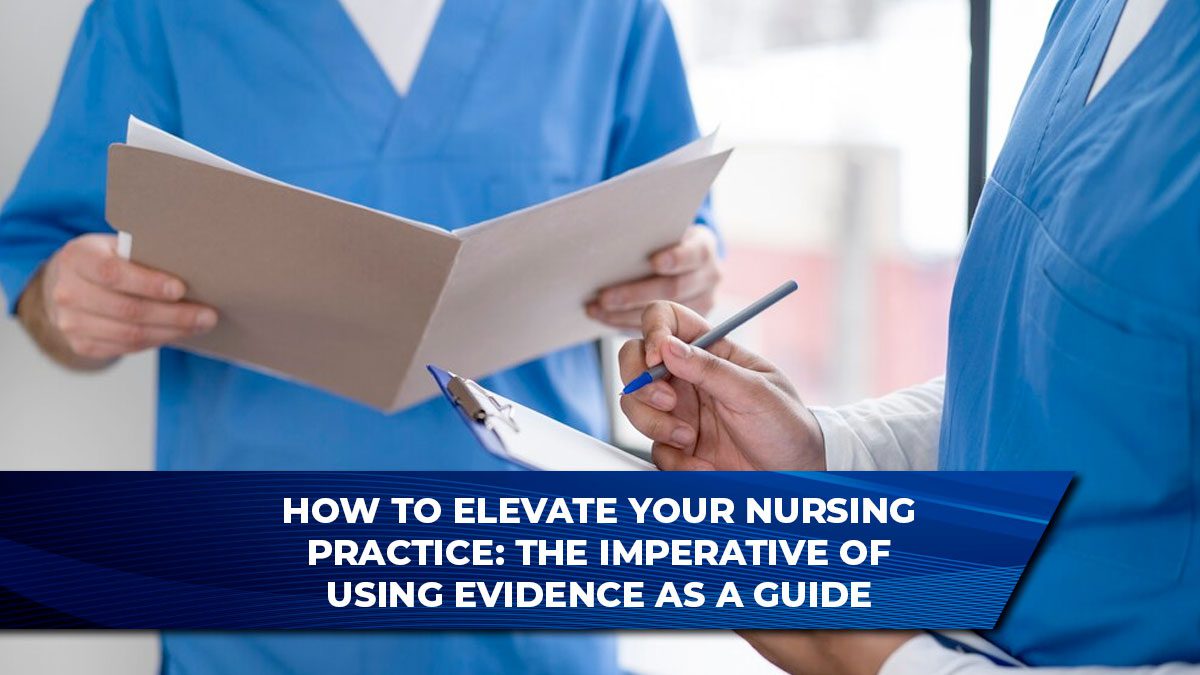Unlocking Diverse Approaches to Health and Illness Management: A Holistic Guide
DIVERSE APPROACHES TO HEALTH AND ILLNESS MANAGEMENT
Holistic Approaches in Diverse Health Management
APRNs’ holistic approach to care and their commitment to using evidence as a basis for care significantly contribute to how they help patients. By integrating multiple facets of health—including physical, emotional, and social aspects—holistic approaches ensure comprehensive care. This method of health management recognizes that every patient is unique, requiring tailored interventions that consider the whole person, not just the symptoms they present with.
Evidence-Based Practice: The Foundation of Effective Health Management
APRNs are dedicated to utilizing evidence-based practices in health management. This involves continuous research and application of the latest medical evidence to improve patient outcomes. Whether managing chronic illness or providing acute care, evidence-based practice ensures that patients receive the most effective treatments available, minimizing risks and maximizing benefits.
Tailored Interventions for Individual Health Needs
One of the most effective strategies in diverse health and illness management is tailoring interventions to meet individual patient needs. APRNs use a variety of interventions to bring about positive changes in health status or quality of life. These interventions include a mix of psychosocial support, educational strategies, and physical actions that are meticulously crafted for each patient.
The Role of Support Interventions in Health Management
Support interventions, which are psychosocial in nature, play a crucial role in managing health and illness. These interventions go beyond the physical aspects of care, addressing the emotional and psychological needs of patients. By providing support, APRNs help patients cope with their conditions, improve their mental well-being, and enhance their overall quality of life.
Educational Interventions: Empowering Patients Through Knowledge
Educational interventions are a key component of diverse health management strategies. By educating patients about their conditions, treatment options, and lifestyle changes, APRNs empower them to take an active role in their health care. This patient-centered approach not only improves adherence to treatment plans but also fosters a sense of control and confidence in patients.
Combining Support and Education: The Power of Coaching
Coaching, which combines support and educational strategies, is an effective tool in diverse approaches to health and illness management. Through coaching, APRNs guide patients in making informed decisions about their health, setting achievable goals, and maintaining motivation throughout their health journey. This approach is particularly beneficial in managing chronic conditions where long-term adherence to treatment plans is crucial.
Nonpharmacologic Interventions: Natural and Effective Health Management
Nonpharmacologic interventions are a cornerstone of diverse health management approaches. These interventions include lifestyle modifications, dietary changes, physical therapy, and other non-drug-based treatments that are tailored to the individual. By focusing on natural and holistic methods, nonpharmacologic interventions offer patients alternative options that can reduce reliance on medications and minimize side effects.
Pharmacologic Interventions: When Medication Is the Best Approach
In some cases, pharmacologic interventions are necessary to manage health and illness effectively. APRNs carefully select and prescribe medications based on the latest evidence, considering the patient’s unique health status and needs. This approach ensures that pharmacologic interventions are used judiciously and in combination with other strategies to optimize patient outcomes.
Crafting Comprehensive Care Plans: The APRN’s Expertise
Skilled clinicians, particularly APRNs, are adept at crafting comprehensive care plans that incorporate various types of interventions. By combining psychosocial support, education, nonpharmacologic, and pharmacologic strategies, APRNs develop personalized plans that address the full spectrum of a patient’s health needs. This holistic and individualized approach is key to successful health and illness management.
The Impact of Diverse Approaches on Health Outcomes
Diverse approaches to health and illness management have a profound impact on patient outcomes. By tailoring care to the individual and addressing all aspects of health, these approaches improve patient satisfaction, enhance the quality of life, and lead to better overall health outcomes. As the healthcare landscape continues to evolve, diverse approaches will remain integral to delivering high-quality, patient-centered care.
FAQs
Q1: What are diverse approaches to health and illness management?
A1: Diverse approaches to health and illness management involve using a variety of strategies, including psychosocial support, educational interventions, and both nonpharmacologic and pharmacologic treatments, to provide personalized care that addresses the unique needs of each patient.
Q2: How do APRNs contribute to diverse health management?
A2: APRNs contribute by using a holistic approach to care, employing evidence-based practices, and tailoring interventions to meet individual patient needs. They combine different strategies to ensure comprehensive care that improves health outcomes.
Q3: What is the role of evidence-based practice in health management?
A3: Evidence-based practice ensures that healthcare providers use the most current and effective treatments available, which improves patient outcomes and ensures that care is based on the best available research and data.
Q4: How do support interventions differ from educational interventions?
A4: Support interventions are psychosocial in nature and focus on addressing the emotional and psychological needs of patients, while educational interventions aim to inform and empower patients by providing knowledge about their health conditions and treatment options.
Q5: What are nonpharmacologic interventions?
A5: Nonpharmacologic interventions are treatments that do not involve medications, such as lifestyle changes, dietary modifications, and physical therapy. These interventions are often used to manage health conditions naturally and holistically.
Q6: When are pharmacologic interventions necessary?
A6: Pharmacologic interventions are necessary when medications are required to manage health conditions effectively. APRNs carefully select and prescribe medications based on the patient’s specific needs and the latest medical evidence.
Q7: What is the importance of tailoring interventions to individual patients?
A7: Tailoring interventions to individual patients ensures that care is personalized, addressing the unique health needs and preferences of each patient. This approach leads to better health outcomes and greater patient satisfaction.
Q8: How does coaching benefit patients in health management?
A8: Coaching combines support and educational strategies to guide patients in making informed decisions, setting goals, and maintaining motivation, which is particularly beneficial in managing chronic conditions.
Q9: What is the impact of holistic care on patient outcomes?
A9: Holistic care, which considers the whole person rather than just the symptoms, leads to improved patient satisfaction, better quality of life, and more successful health outcomes.
Q10: Why are diverse approaches to health management considered the future of healthcare?
A10: Diverse approaches are considered the future of healthcare because they offer personalized, patient-centered care that adapts to the unique needs of each individual, leading to better health outcomes and higher patient satisfaction.










